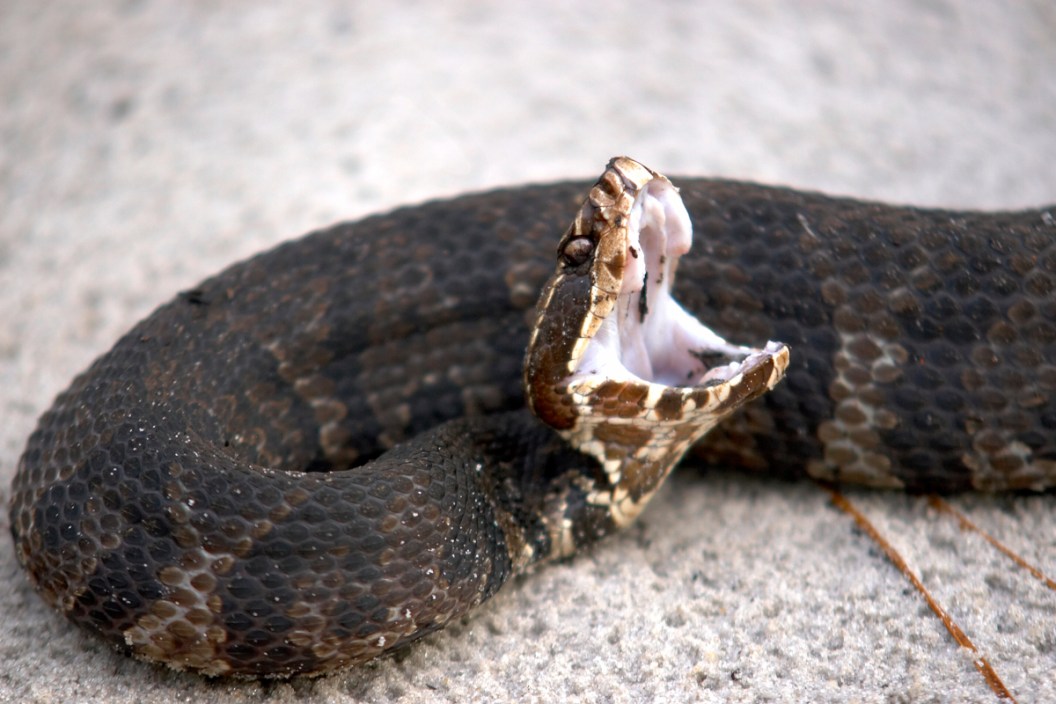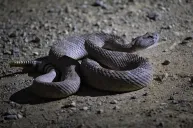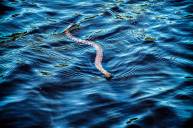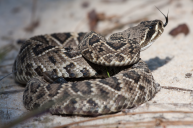In addition to alligators, mosquitoes, and humidity, you should also be on high alert for snakes when heading to the Sunshine State.
Florida is one of the most biodiverse states in the lower 48. Countless species of mammals, amphibians, birds, and reptiles call the Sunshine State home. And it's not uncommon to encounter these critters not just in the woods, but in the backyards of suburban areas too.
Living with wildlife is sort of a Florida thing one gets used to when spending a ton of time there. As you might expect, the state is home to its share of snakes.
While most people can't even stand the sight of these slithering reptiles, snakes do play an important role in Florida's ecosystem - reducing rodent populations, killing off ticks, and preserving crop health. They're present all throughout the state, from wetlands to dry uplands and from residential areas to the wildest areas of the Everglades.
Venomous Snakes

Getty Images: Mark Kostich
We'll get the bad news out of the way first. Yes, there are venomous snakes in Florida. However, the good news is that according to the Florida Fish and Wildlife Conservation Commission (FWC), only six of the 44 native snake species in Florida are venomous. Five of them fall into the pit viper category, meaning they've got a heat-sensing pit organ on each side of their heads, between the eye and the nostril.
- Southern Copperhead: Blend into bare ground with their pale tan color.
- Florida Cottonmouth: Very common in swampy areas. Also commonly called the "water moccasin."
- Eastern Diamondback Rattlesnake: Widely considered the most dangerous snake in North America.
- Timber Rattlesnake: Large fangs and high venom yield.
- Dusky Pygmy Rattlesnake: Sport round dorsal spots and a white belly.
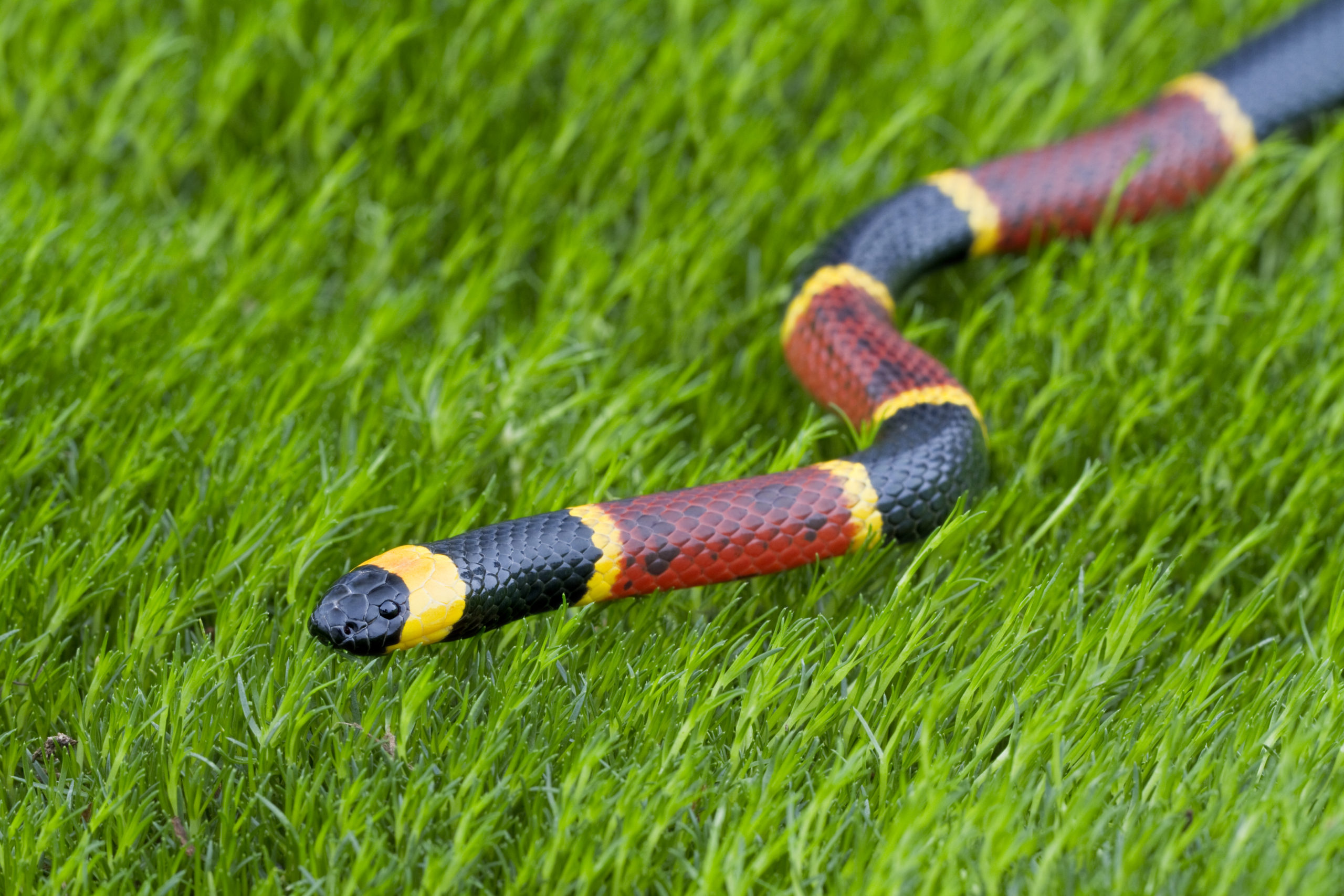
Getty Images: Mark Kostich
The other venomous species, the Eastern Coral Snake, you might be able to picture, based on the sing-song reminder you've always hear - "Red on yellow, kill a fellow. Red on black, happy Jack." However, color variants of the coral snake mean this little rhyme might not always be reliable. We recommend just giving any red, yellow and black snake a wide berth when encountered. Odds are, if you leave it alone, it will leave you alone too.
Non-Venomous Snakes
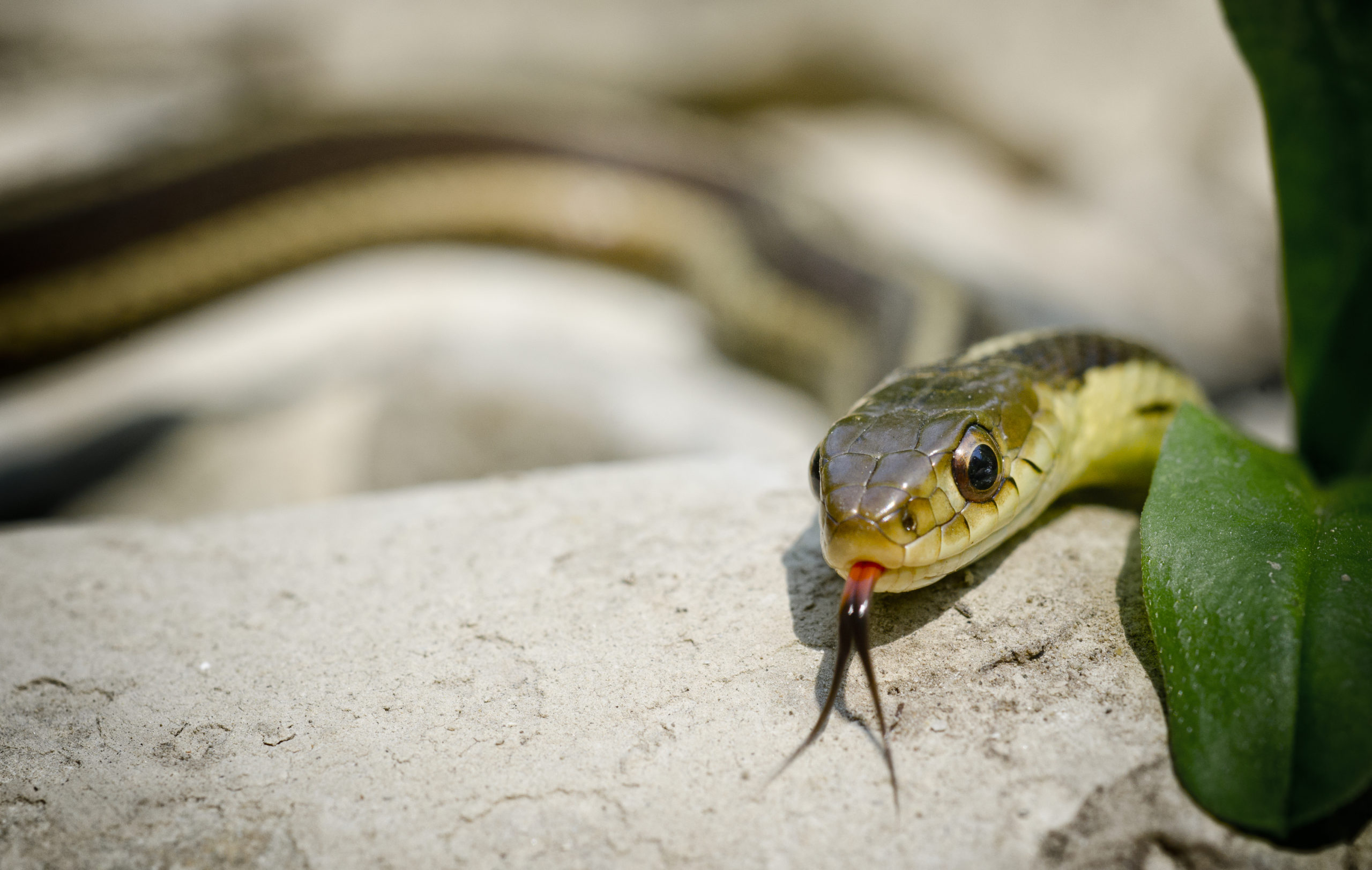
Getty Images: NREfx
There are more non-venomous snakes than the deadly variety in Florida, so odds are if you encounter a snake, it's not likely to be dangerous. These are the snakes that you might not want to see but don't need to worry about taking your life.
- Southern Black Racer: Although non-venomous, these fast snakes will typically strike when handled.
- Eastern Coachwhip: One of the largest snakes in North America.
- Florida Brown Snake and Florida Redbelly Snake (Storeria genus): Can be identified by their dorsal scales.
- Glossy Crayfish Snake and Striped Crayfish Snake: Semi-aquatic snakes that feed on crayfish.
- Southeastern Crown Snake: Can burrow in sandy soil.
- Eastern Garter Snake, Bluestripe Garter Snake, and Souther Ribbon Snake (Thamnophis genus): Common, generally harmless snakes.
- Rough Green Snake: Docile snakes with vibrant green coloring.
- Eastern and Southern Hognose Snake: Stout snakes with upturned snouts. They like to extend a hood flap like a cobra as a defense tactic. They also sometimes play dead.
- Eastern Indigo Snake: Longest native snake species in the U.S.
- Florida Kingsnake, Mole Kingsnake, Scarlet Kingsnake, and Short-Tailed Snake: Feed on other snakes, including venomous varieties.
- Eastern Mud Snake and Rainbow Snake: Primarily aquatic snakes.
- Black Pine Snake and Florida Pine Snake: Known for loud, hoarse hissing.
- Pine Woods Snake: Inhabit areas with pine trees.
- Gray Rat Snake, Red Rat Snake (Corn Snake), and Eastern Rat Snake (Yellow Rat Snake): Sometimes kept as pets.
- Southern Ring-Necked Snake (Diadophis genus): Recognized by a bold stripe around its neck.
- Scarlet Snake: Found exclusively in the state of Florida.
- Brown Watersnake, Florida Banded Watersnake, and Red-Bellied Watersnake (Nerodia genus): Named for the amount of time they spend in the water.

Getty Images: CoyStClair
The University of Florida's Florida Museum has plenty of resources available to help you avoid and identify venomous species. Be sure to study up before heading to Florida on your next vacation.
NEXT: BLACK BEAR LIFESPAN IN NORTH AMERICA
WATCH
